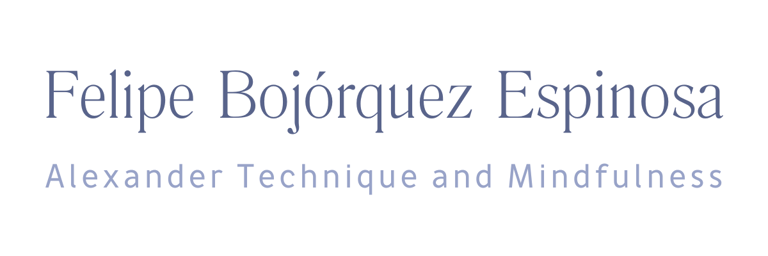Speech as a Sense
EDUCATION
Felipe Bojórquez Espinosa
Speech as a sense in Anlo-Ewe culture
Anthropologist Kathryn Geurts compiled a list of nine senses generally recognized by members of the Anlo-Ewe community in Africa. In Anlo-Ewe culture, speech is considered a sense.
In an interview, Geurts mentions that when she was first told this, she thought she had failed to express what she meant when she asked about what they considered to be “senses.” If they understood that category, how could speech fit into it? The difference seems obvious to us: a sense receives information, while speech delivers it. But the Anlo-Ewe see it differently. From their point of view, speech is an experience that is felt in the body; they experience words as something that can be directed “with the intention of reaching a target,” much like our senses might aim an arrow. The very idea of speech as a sense is so contrary to our experience that it invites deep reflection and exploration.
Our view that someone uses speech to communicate what they already know reinforces our cultural belief that the “self” is contained within a boundary: our thoughts exist inside us, and speech is what we use to cross that boundary toward another person. This model not only feels correct but almost axiomatic—it also reinforces the boundary around the “self.” But what if we were to consider speech not as a “delivery system,” but as a “medium of discovery”?
Speech allows a person to give spontaneous, tangible form to their thoughts and feelings. A sentence in conversation is an improvisation; the final word is often chosen by the desire to clarify a thought that wasn’t entirely clear when the sentence began. Each word or phrase serves to illuminate the way toward the next one; like stepping stones on a path, they trace the full shape of that thought. In this sense, speech is analogous to the sense of touch: it allows us to move forward by feeling our way through the metaphorical darkness toward an idea that calls to us—just as our hands would guide us through a dark room.
Thus, speech can be understood as a sense that facilitates discovery. When we understand it this way, our whole being is invited to be present in the act of speaking. In contrast, if we believe that speech is merely a means of delivering our ideas, our concern shifts away from discovery and toward “presentation”: presenting our ideas, our opinions, and even ourselves.
The trap of the “presentation mode”
According to writer and therapist Philip Shepherd, when we are in “presentation mode,” our primary concern is to obtain a certain response from the person or group we’re speaking to—we want them to like us, to agree with what we’re saying, to adopt our way of understanding something. For Shepherd, our underlying desire is, in fact, to manipulate a specific reaction in them. Yet this mission is somewhat illusory: we cannot control what someone thinks or how they respond, no matter how skillfully we orchestrate our presentation.
And here lies the trap: such orchestration requires a director—a part of us in charge of our presentation that needs it to be effective. Therefore, the presentation mode places us in a divided state: one part of us oversees the other in an effort to manipulate the desired response from the audience. When our concern is to get a particular reaction, we lose the ability to notice what is actually happening in the present moment as we communicate.
Every time we speak, we face a choice: we can be in presentation mode, or we can be present—feeling what we speak. If we allow ourselves to receive the present moment and the listener, and to move through the dialogue by sensing as we speak, we give our words the opportunity to reveal their magical ability to help us discover and clarify our truth. Only then can we truly resonate with it.
References:
Radical Wholeness, Philip Shepherd, 2017.
Related articles
Well-balanced flutist
Alexander Technique and Mindfulness in everyday musical practice.
Specialized support for high-performance flutists and flute students.
© 2025. All rights reserved. Privacy policy.
Menu:
Lessons
About me
